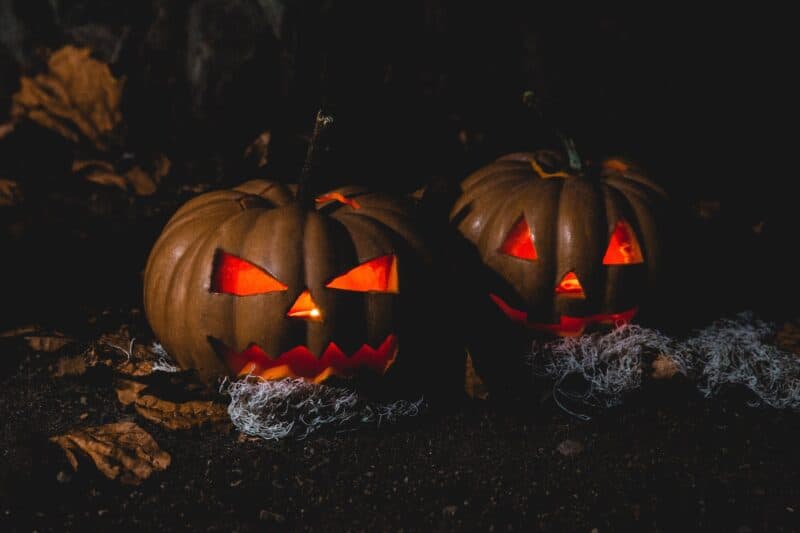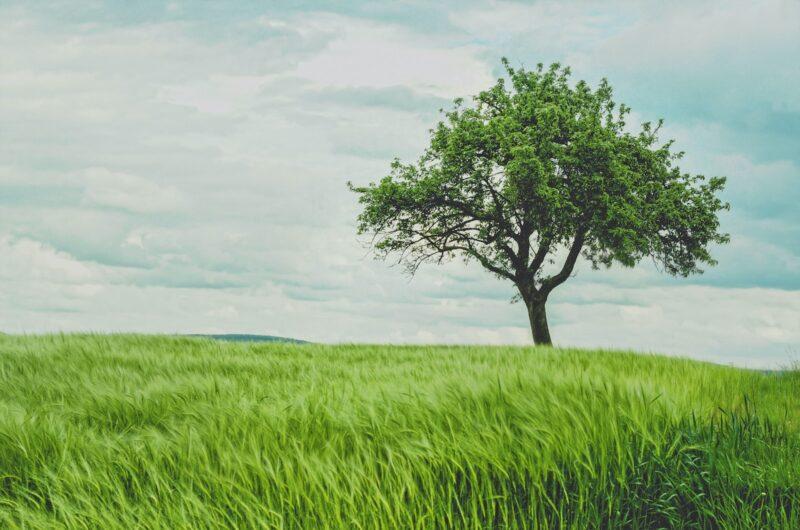While Halloween is observed on October 31, Día de Los Muertos is observed on November 2. Many of the communities that celebrate Dia de los Muertos also celebrate Halloween.
The “Day of the Dead” is a tradition that started in ancient Mesoamerica, which is now Mexico and northern Central America. There, native peoples like the Aztecs, Mayas, and Toltecs held special holidays to remember their dead loved ones.
Depending on whether the deceased was an adult or a kid, specific months were set aside for commemorating them.
With the arrival of the Spanish, this way of remembering the dead became tied to two Spanish holidays: All Saints Day (Nov. 1) and All Souls Day (Nov. 2). Dia de los Muertos is frequently observed on November 1 as a day to honor children who have died and on November 2 as a day to memorialize adults who have died.
Dia de los Muertos is currently observed in the majority of Central and South American countries, as well as Mexico. It has recently gained popularity among Latino groups around the world, particularly in the US.
The people of ancient Mesoamerica considered death to be a natural part of life’s journey. They thought that new life emerged from death, not that it put an end to life. This cycle is often linked to the cyclical nature of agriculture, in which new crops grow where the old ones are buried.
It’s a chance to honor and recall the lives of departed loved ones on Dia de los Muertos. It is celebrated with dancing and music, just like any other holiday. La Danza de Los Viejitos, also known as the Dance of the Little Old Men, is one of the most well-known dances. Boys and young men who dress as old men do this dance while stooping over and crouching. La Danza de Los Tecuanes, also known as the Dance of the Jaguars, is another dance that shows farmworkers pursuing a jaguar.
The ofrenda is frequently the most recognizable Dia de los Muertos emblem. By making this temporary altar, families can remember their loved ones and give them the things they need for their trip. Along with images of the departed, they often lay down personal belongings and things that remind them of their existence.
Water, wind, earth, and fire are also present in every ofrenda. The ghosts are given access to a pitcher of water to quench their thirst. The wind is symbolized by wipicador picado, or traditional paper banners. Food, especially bread, is a representation of Earth. To help the ghosts navigate, candles in the shape of the cardinal directions are frequently left.
Mexican marigold flowers, known as cempasúchil, are frequently arranged on ofrendas and near graves. The petals are utilized to create a route that takes the souls from the graveyard to their houses, thanks to their potent perfume and vivid color.
Due to the widespread belief that monarch butterflies house the souls of the dead, they play an important part in Dia de los Muertos. This myth is based on the fact that Dia de los Muertos, which falls on November 1, coincides with the first monarchs’ arrival in Mexico for the winter.
To remember children who have died, toys and sugar skulls, called calabritas de azucar, are put on altars. The skull is used as a playful reminder of how life goes in cycles, not as a sign of death. This is why they are so beautifully painted.
Sugar Skulls
Sugar skulls are elaborate, gastronomically decorated models of skulls. They frequently have flowers, animals, and ornaments as decorations. Skulls associated with this day of the dead, also known as Calaveras, are shown in ofrendas, paper crafts, and newspaper cartoons.
In Mesoamerican cultures and communities, the skull has dominated. The tzompantli, a wooden rack holding prisoner skulls and human sacrifices, is a noteworthy representation. It’s interesting to note that these skulls were presented to the underworld’s god.
Skulls and skeletons were frequently used in ceramics and painting during the pre-Columbian era. Rebirth into the next phase of life served as the symbolism.
The Aztecs also celebrated several memorial festivals. On these occasions, they would worship the goddess Mictecacihuatl, guardian of the dead and ruler of the afterlife.
Most of the Mesoamerican culture’s customs were destroyed when the Spanish conquered. The skull was the only exception.
The European design style known as Danse Macabre had a significant influence on modern Calavera. The engravings frequently featured skeletons that were dancing and moving, symbolizing the inevitable nature of death. Spanish missionaries carried this imagery over and combined it with Mesoamerican motifs as a result.
The paste known as alfeique, which is produced from sugar, water, lemon, and a few other unidentified components, is used to make the day of the dead skull. Other regions choose to add chocolate, almonds, honey, peanuts, amaranth, and gummies to make them more delicious. To depict children and adults, each calavera is a different size and shape.
Each calavera is embellished with icing swirls, dots, and stripes in vibrant colors. For even more flair, feathers, beads, or colored foils are added to the skull.
The vivid color schemes of the Dia de los Muertos skulls are among their most noticeable features. If the Calaveras are going to make it to the ofrenda, this is a necessity.
These vibrant and brilliant beauties, as opposed to the conventional gray skeletons associated with Halloween, are intended to remember the lives of families’ ancestors and the influences they had on them. Despite not being there, they will always be in their thoughts and hearts.
Fun fact: Each color has a unique meaning.
- Pink: hope, purity, and celebration
- Black – Land of the Dead
- Purple – Pain
- Yellow – Marigold
- Orange: Sun
- Red: Blood





